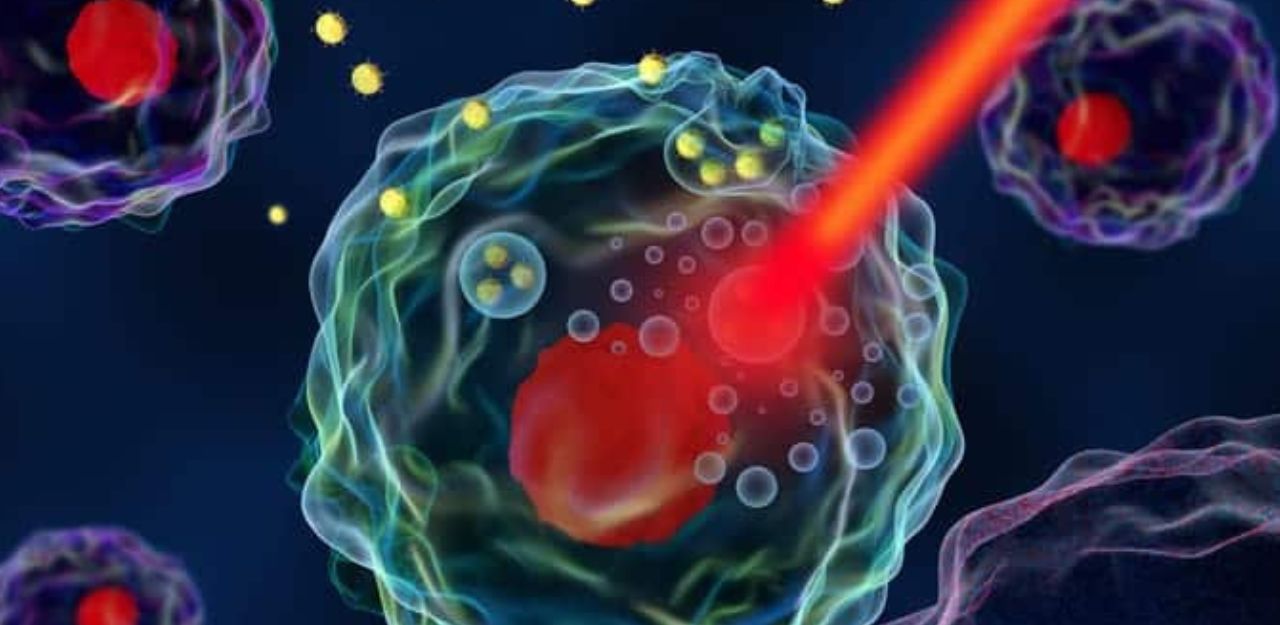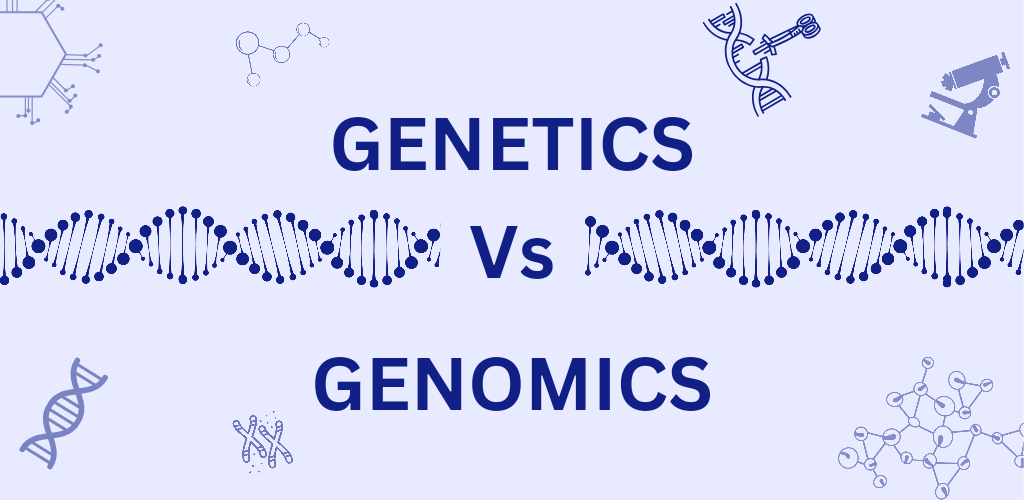Ever wondered why some people seem to have an innate ability to recover from illness or injury more quickly than others? Or why certain individuals are at a higher risk of developing specific diseases? The answer lies in the genetics of latent blood cell traits, which have been recently explored through innovative techniques like cell perturbation and laser-assisted analysis. In this blog post, we’ll delve into the fascinating world of genetics and the cutting-edge research that’s shedding light on the genetics of latent blood cell traits.
The Power of Lasers: Unravelling the Genetics of Blood Cell Traits
Lasers, once thought to be merely a tool for entertainment and communication, have now become a powerful ally in the field of genetics. By using lasers to perturb human blood cells, researchers can study the genetic makeup of latent blood cell traits and their potential role in disease development. This groundbreaking technique allows for precise cell perturbation and analysis, providing a more detailed understanding of the genetic basis of blood cell traits.
Cell Perturbation: The Key to Unlocking Genetic Secrets
Cell perturbation is a process that involves manipulating cells to study their response to various stimuli. By applying controlled stressors to blood cells, researchers can identify genes and genomic loci associated with cellular responses, which could lead to the development of new diagnostic and therapeutic approaches for a range of diseases. This innovative approach has the potential to revolutionize our understanding of the genetics of latent blood cell traits and their role in disease development.
The Impact of Latent Blood Cell Traits on Disease Development
The study of latent blood cell traits has revealed associations between evoked blood cell responses and subsets of common diseases, including autoimmune disorders, cardiovascular disease, and cancer. By identifying specific genes and genomic loci associated with cellular responses, researchers can develop new diagnostic and therapeutic approaches for a range of diseases, potentially improving patient outcomes and quality of life.
Embracing the Future of Genetics: The Promise of Cell Perturbation and Lasers
The combination of cell perturbation and lasers holds great promise for the future of genetics and the study of latent blood cell traits. By unlocking the genetic secrets of these traits, researchers can better understand their role in disease development and work towards developing new treatments for various conditions. As the field of genetics continues to evolve, the potential applications of cell perturbation and lasers in unraveling the genetics of latent blood cell traits are endless.
In conclusion, the combination of cell perturbation and lasers has opened up a world of possibilities in the study of latent blood cell traits and their potential role in disease development. As research in this field continues to advance, we can expect to see even more exciting discoveries and breakthroughs in our understanding of the genetics of blood cell traits and their clinical applications. So, the next time you think about the incredible power of lasers or the potential of cell manipulation, remember that these innovations are paving the way for a brighter future in genetics and healthcare.
Citations:
[1] https://www.x-mol.com/paper/1738243445436944384
[2] https://www.researchgate.net/publication/376212033_Perturbational_phenotyping_of_human_blood_cells_reveals_genetically_determined_latent_traits_associated_with_subsets_of_common_diseases
[3] https://pubmed.ncbi.nlm.nih.gov/38049662/
[4] https://hms.harvard.edu/news/rise-clones
[5] https://pubmed.ncbi.nlm.nih.gov/38135721/




